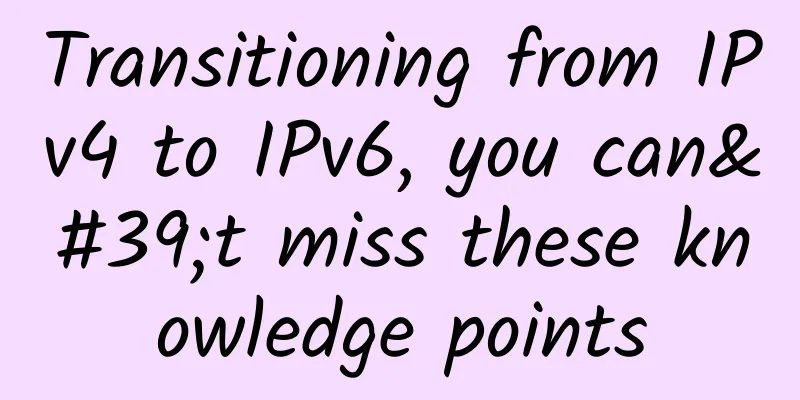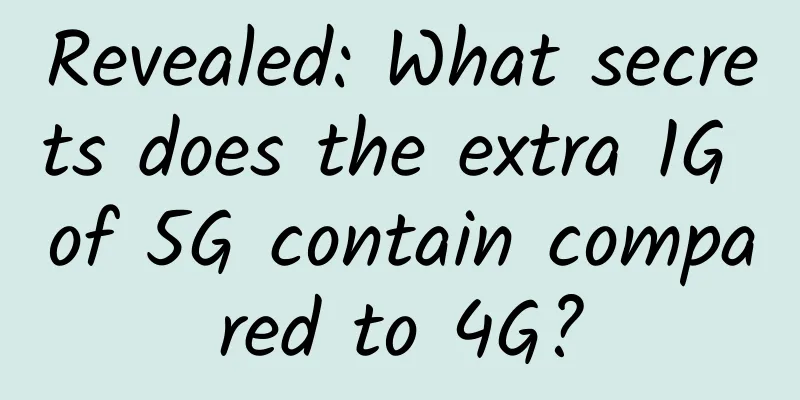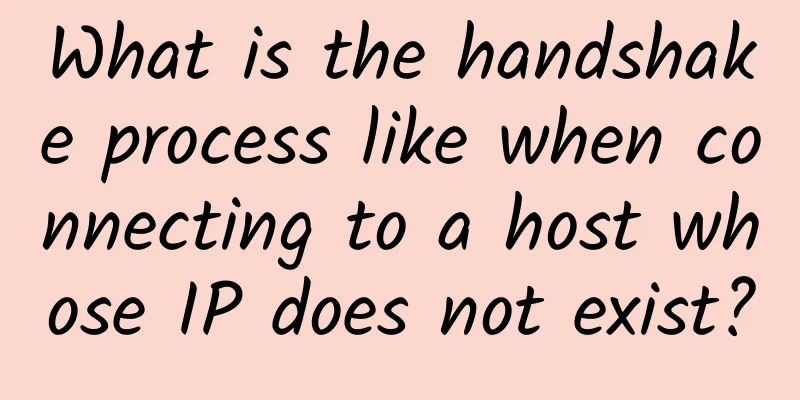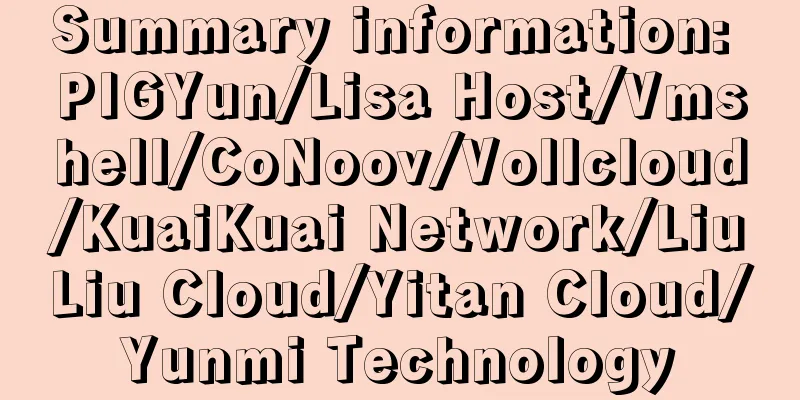GSA report: Global application status of LTE and 5G in Sub 1GHz spectrum
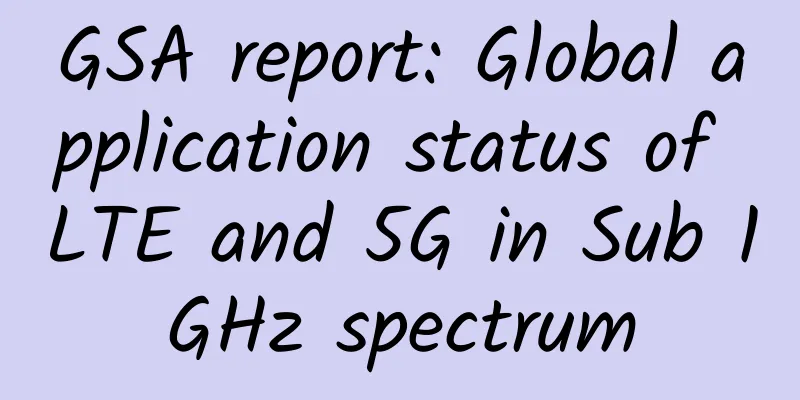
|
GSA released a report that believes that the frequency bands below 1 GHz are essential for expanding 5G NR coverage in all urban/suburban/rural deployment scenarios, ensuring service continuity across different regions, improving service quality in indoor environments, and helping to narrow the digital divide. Mobile operators require spectrum below 1 GHz, and these bands will also play an important role in the industry creating private networks. For these reasons, GSA expects that in the next few years, the number of auctions of spectrum below 1 GHz will increase, and 5G NR deployments using allocated spectrum licenses will also increase.
GSA also released other key data:
40 countries have announced formal (date-specified) plans to allocate suitable frequencies for 5G below 1 GHz between now and 2022 (including technology-neutral licenses or licenses for mobile broadband services). Of these, 35 are planning to auction/allocate 700 MHz of spectrum. LTE uses several key spectrum bands below 1 GHz. Many of the same frequency bands are also used for networks based on 2G or 3G technology and for 5G.
101 operators have been identified as investing in the APT 700 MHz spectrum (Band 28: 703–748 / 758–803 FDD), including 99 operators with licenses, while 57 GSA has identified as having launched commercial LTE services in this band. GSA also identified 99 operators investing in LTE in one of the U.S. 700 MHz bands (Bands 12, 13, 14 or 17), which between them cover 75 MHz within 699 MHz and 798 MHz. Of these, 81 have launched LTE networks using one of these bands. Band 20: (832–862 MHz / 791–821 MHz) is the most commonly used band, with 225 operators investing in LTE in this frequency range, including 198 believed to have launched networks, 25 other licensed operators, and two more planning networks. |
<<: 80% of users face challenges in PoE deployment
>>: Four leading geese: the starting point for large-scale commercial use of 5G to B
Recommend
IPv4 scarcity threatens Internet development
RIPENCC, the regional internet registry for Europ...
A complete guide to using Go language built-in packages!
Introduction to Commonly Used Built-in Packages i...
Let's talk about the basic principles of common serial communication
Why do we need to talk about serial communication...
An oscillation almost ruined my work. It turned out to be caused by an IP address conflict!
Switches are in the arena, and it is not okay to ...
RAKsmart: Japan/Korea independent server replenishment, large bandwidth, unlimited traffic, CN2+BGP line
At the beginning of the month, I shared RAKsmart&...
Analysis on the current status of global 5G development
[[417613]] This article is reprinted from the WeC...
GSMA: China is expected to have 460 million 5G connections by the end of 2025
Recently, GSMA released its latest report "C...
Year-end review: Communications industry in 2021
Hello everyone, I am Xiaozaojun. The short vacati...
V5.NET: 30% off for first order from new customers, Hong Kong E5 server as low as HK$385/month
V5.NET is a business that provides independent se...
Headline: Determine whether it is an IP address
This question has a tricky part. It asks you to d...
Network Programming - Another Look at TCP's Four Waves
[[270759]] Preface Four waves The four-wave proce...
The data center dilemma: Is data destroying the environment?
Nowadays, many people ask the question, is data d...
H3C: The key to computing-network integration lies in the efficient coordination of computing power and transportation capacity
On September 26, the "2022 China Cloud Netwo...
From wireless development to carrying all things connected, Ruijie is ambitious and capable
[Original article from 51CTO.com] "The Inter...
HostYun: Hong Kong CN2 GIA line VPS monthly payment starts from 22 yuan, AMD+M.2 SSD high performance
Recently, someone is looking for a Hong Kong CN2 ...


